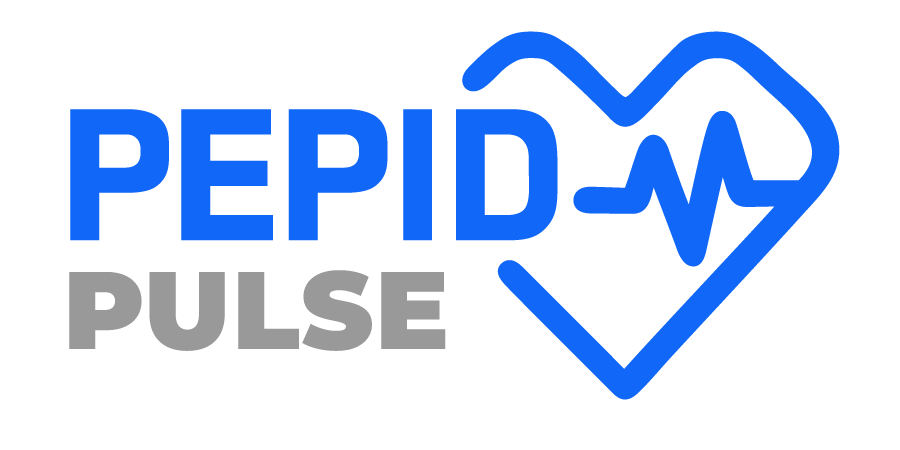During Patient Safety Awareness Week, we’re highlighting fast and easy-to-use tools that improve patient safety at the point-of-care to avoid ADRs, improve patient education, & verify clinical conditions.
March 14-20 is Patient Safety Awareness Week. Patient Safety Awareness Week is an annual initiative to encourage healthcare professionals to focus on healthcare safety throughout the patient care process. No healthcare professional intends to cause harm in their patient care; however, a study published in the Journal of Patient Safety showed there were approximately 400,000 premature deaths associated with preventable harm to patients from 2008-2011 per year. Sophocles, Antigone once said “All men make mistakes, but a good man yields when he knows his course is wrong and repairs the evil. The only crime is pride.”
Clinical decision support systems (CDSS) and point-of-care clinical decision support tools have proven to reduce medication error, improve the process of care and overall patient outcomes. PEPID clinical decision support suites are designed entirely to reduce medical error, and hasten the clinical workflow while supporting decisions with evidence-based drug and medical information. The following are tools designed to improve patient safety and support clinicians.
Avoiding Serious Drug Interactions
According to the CDC, 24% of people in the us use three or more prescription drugs, 12.8% use five or more prescription drugs, and 48.6% use at least one prescription drug. Add factors like diabetes management, renal impairment, or cardiovascular disease (or a mix of all three) and suddenly there is an extensive medication list to consider while providing patient care. PEPID’s Drug Interaction Tool harnesses PEPID’s complete proprietary drug information database to check entire medication lists, along with herbal medicines, lifestyle factors, toxic and controlled substances, and nutraceuticals in seconds for interactions. The interaction summaries populate in order of level of concern, with information on the mechanisms of interaction, and effect. For a deeper dive and actionable information on alternative medications, a clinician can select More Info. to open a detailed interaction monograph written in PEPID’s bullet-point format to assimilate interaction in a snap. A quick check in the Drug Interaction Tool helps to avoid serious drug interactions, a leading cause of harm in patient care.
Adverse Drug-Reaction Education
The Adverse Drug-Reaction (ADR) lookup assists providers in writing and verbally communicating the most vital medication information for patients to easily understand. When a clinician enters a medication in the ADR Lookup tool, adverse reaction information populates in two views, the clinician’s quick scan view, and the patient’s long-form copy/paste view. Clinicians can quickly scan adverse drug reactions of any medication in the clinician’s view, and easily copy/paste patient-friendly written information covering the drug’s side effects, precautions, and important warnings into patient discharge papers in a matter of seconds. The Adverse Drug-Reaction Lookup tool is an essential time-saving resource to reduce adverse drug events in patients.
Verifying the most relevant treatment options
PEPID’s DDx tool helps practitioners formulate better-informed diagnoses & testing strategies faster with a weighted list of potential diagnoses by inputting a patient’s gender, age, symptoms & symptom severity along with the physician’s evaluation. With a quick check in PEPID’s DDx tool, clinicians can view related topics to make sure that the clinical presentation doesn’t fit better with a different condition. Furthermore, a ten-second scan of the linked condition monograph verifies the provider hasn’t overlooked any pertinent information and confirms treatment options to provide safe and efficient patient care.
Prioritizing Patient Safety
All of these tools, and more, are available at the point-of-care through any modern mobile device, any web browser, or even from alerts in the institutions provided CDSS. Providing access to quick and easy-to-use evidence-based decision support tools, and using them at the point-of-care provides a barrier to reduce human error in patient care. Individual clinicians can gain complimentary two-week access to specialty-specific clinical decision support suites by signing up for a free trial.
References
America, F. (n.d.). A new, EVIDENCE-BASED estimate of PATIENT Harms associated… : Journal of patient safety. Retrieved March 18, 2021, from https://journals.lww.com/journalpatientsafety/Fulltext/2013/09000/A_New%2c_Evidence_based_Estimate_of_Patient_Harms.2.aspx
FastStats – therapeutic drug use. (2021, March 01). Retrieved March 18, 2021, from https://www.cdc.gov/nchs/fastats/drug-use-therapeutic.htm
Jia, P., Zhang, L., Chen, J., Zhao, P., & Zhang, M. (2016, December 15). The effects of clinical decision support systems on MEDICATION safety: An overview. Retrieved March 18, 2021, from https://www.ncbi.nlm.nih.gov/pmc/articles/PMC5157990/


